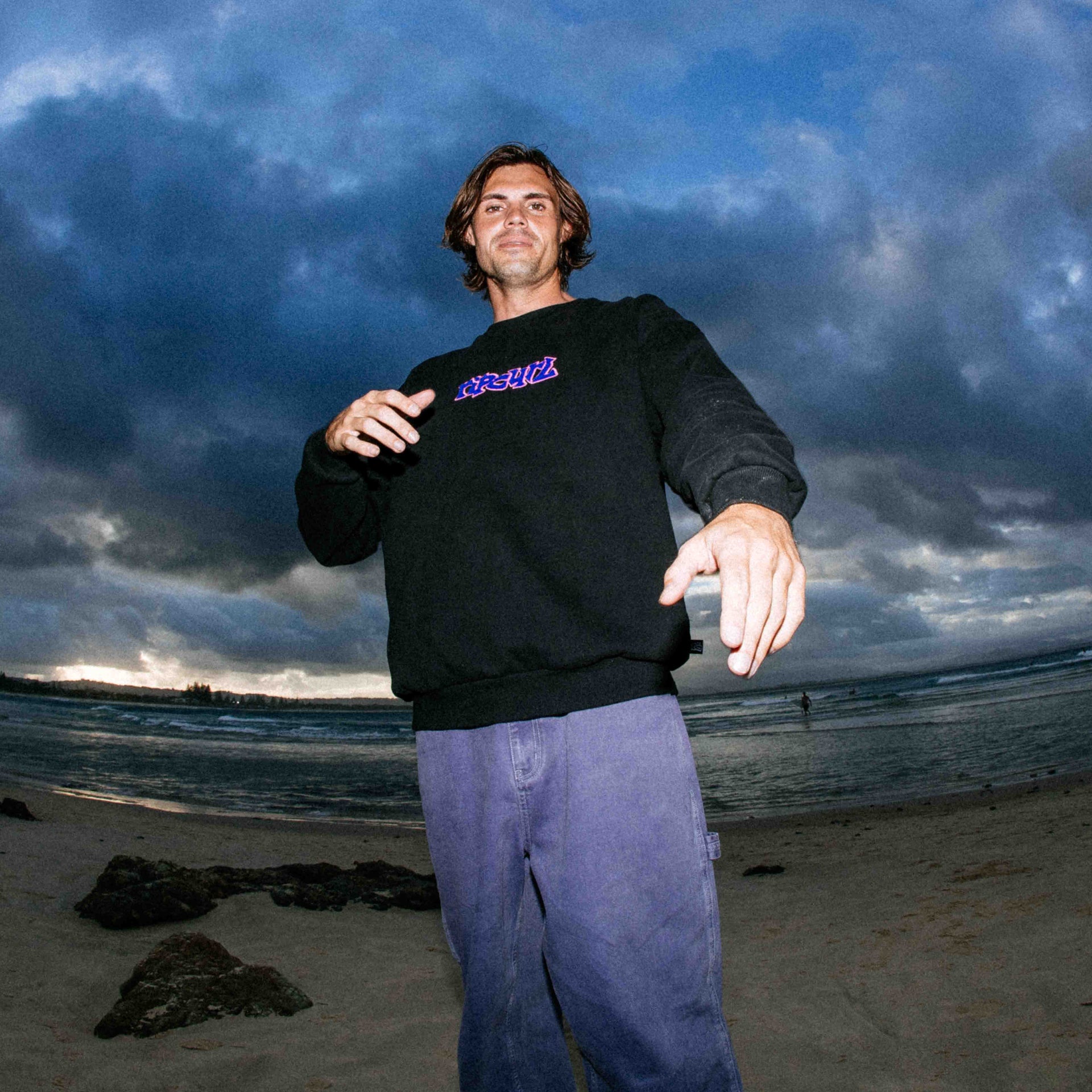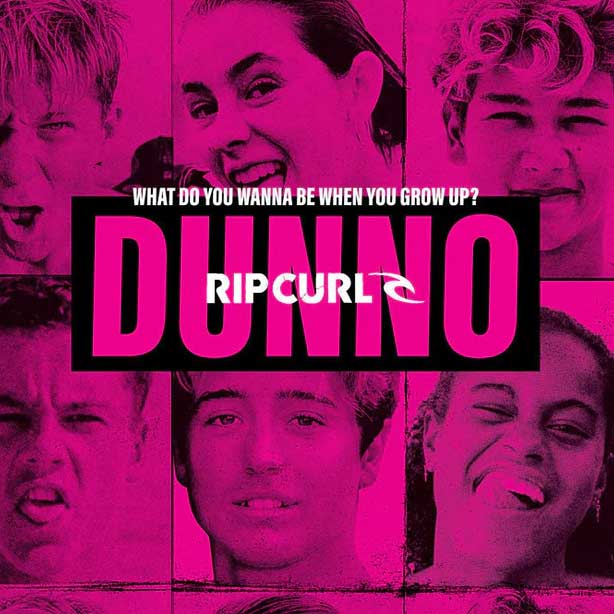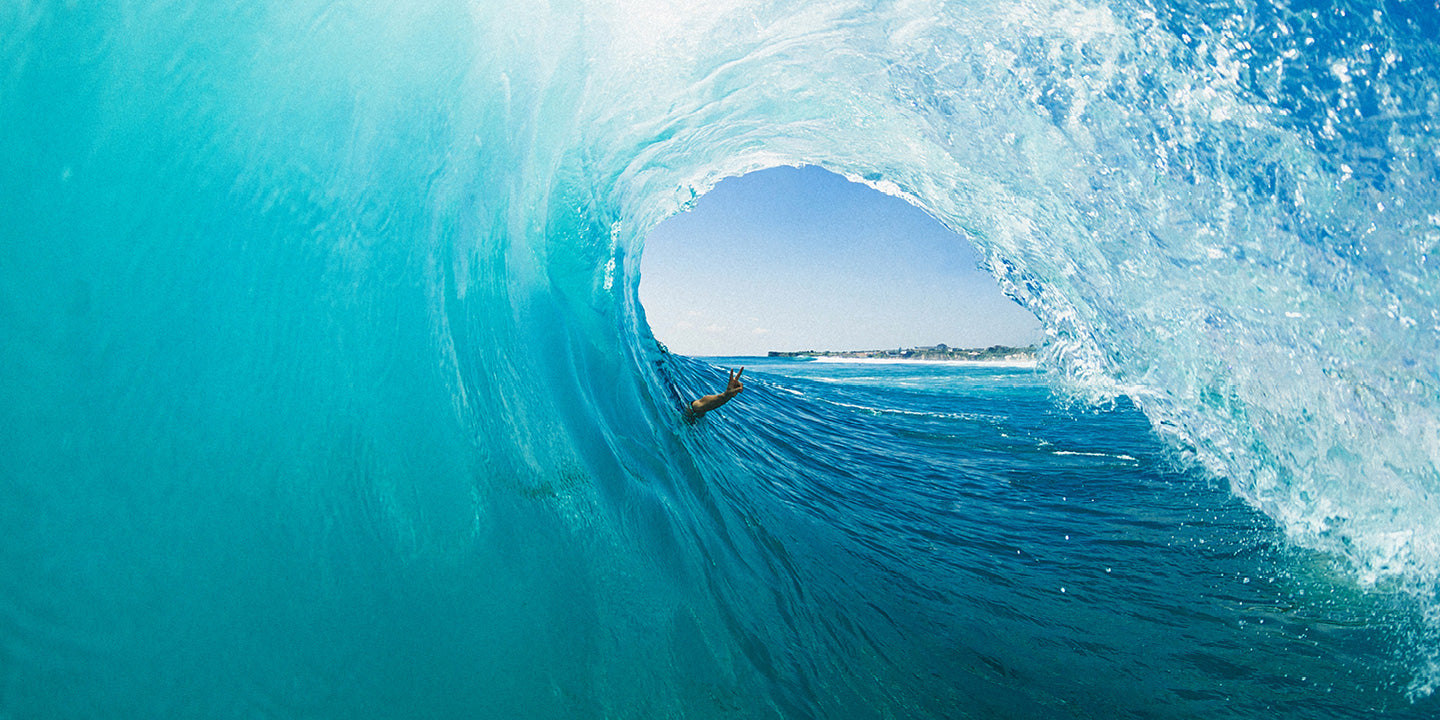How To Choose A Surfboard
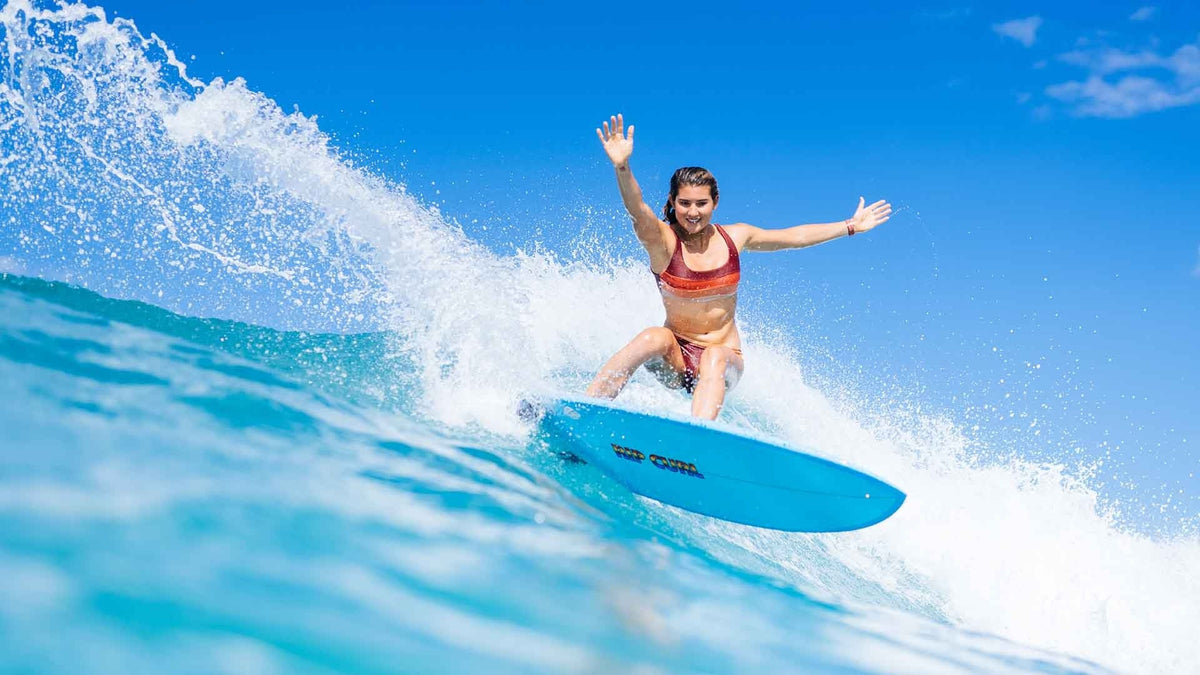
We'll break down the key factors to consider when choosing a surfboard, and go through the latest in the Rip Curl range, so you can find the perfect “stick(s)” for you.
Picking the right surfboard can be overwhelming, for beginners and pros alike. But not unlike being atop an A-frame peak, choosing which way to go, and taking the drop, it’s also super exciting. There are so many different shapes, sizes, and materials to choose from, experimenting and finding what’s right for you is all part of the fun.
1. Determine your skill level:
The first thing you'll want to do when choosing a surfboard is to assess your skill level. Knowing where you’re at, and where you want to go with your surfing, will help narrow down the options. Are you a beginner in the learning phase, intermediate with some basics dialled-in, or are you an experienced surfer looking to step up your game or fill a gap in your ever-growing quiver? Different surfboards are designed for different skill levels, so it's important to choose one that’s right for you. Importantly, while it might seem counter-intuitive, if your goal is to surf a shortboard in the end; the fastest way to reach that goal is to learn on a larger board first.
For beginners, it's generally accepted that you start with a longboard or malibu, “mal” for short. These are the largest type of surfboard, and they're great for learning how to ride waves because they're stable and easy to paddle. They're also good for small, slow-moving waves, which are often the kind you'll find in beginner-friendly areas. That said, you might get hooked on bigger boards and eventually move to high-performance mals or traditional “logs”. Cross-stepping, drop-knee turns, and hanging ten are all advanced moves performed on a larger board.
If you're an intermediate surfer, you might want to try a mid-length board or one from the Fun-Performance category. These are smaller than longboards, fit tighter in the pocket and will allow you to start accessing the most critical part of the wave. So, you can perfect your technique; taking-off, trimming, and executing cutbacks and top turns. They’ll also be more forgiving than full-on shortboards. Plus they’re good for larger, more powerful waves.
With experience, time and practice, more advanced surfers develop their own preferences, but the natural progression is to a shortboard, which is the smallest and most manoeuvrable type of surfboard. Shortboards are designed for high-performance surfing and are best suited for experienced surfers who are comfortable in challenging conditions. They have the added advantage of giving the surf the option of duck-diving (pushing the board under the water) when faced with large broken waves.
2. Consider your weight and height
Another important factor to consider when choosing a surfboard is your weight and height. Surfboards are designed to carry a certain amount of weight, and if you're too heavy or too light for a particular board, it mightn’t achieve the desired float and glide as well as it should. If a board is too small the surfer may find it hard to catch waves or might “bog” when turning. This is where a surfer slows right down or falls off completely because the board submerges into the water. If a board is too big then manoeuvring it becomes more difficult.
To find the right surfboard for your weight, you'll need to consult a surfboard sizing chart (see below). These charts usually list the minimum and maximum weight range for each size of surfboard. If you're at the lower end of the range for a particular size, you might want to go with the next size up to make sure the board has enough floatation for you. If you're at the higher end of the range, you might want to go with the next size down to make sure the board is stable and easy to control.
The most common issue for surfers is picking a surfboard is ending up with not enough foam/volume. We recommend choosing the bigger board if you are tossing up between two sizes.
Surfboard Size Chart:
3. Think about the type of waves you'll be surfing
The type of waves you'll be surfing is another important factor to consider when choosing a surfboard. Different surfboards are designed for different types of waves, so you'll want to choose one that's suited to the conditions you'll be surfing in. Also note – if you are living in a colder climate that requires you to wear a thick wetsuit most of the year, that will add extra weight so consider going to the next size up with your board.
For example, longboards are best for small, slow-moving waves, while shortboards are better for larger, more powerful waves. If you're not sure what type of waves you'll be surfing, the RC mid-length board can be a good all-around choice, or the RC Beard of Zeus for best all round performance board.
4. Decide on the material
Surfboards are made from a variety of materials, each with its own set of pros and cons. The most common materials are:
- Fibreglass: This is the most traditional surfboard material and is still the most popular choice today. Fibreglass surfboards are strong, durable, and relatively inexpensive. They're also very responsive, which makes them good for high performance surfing. The downside is that fibreglass surfboards are more prone to dings and damage than other materials. They also tend to be heavier than their counterparts, are often touted as being better in good waves because they sit in the water lower than an alternative construction. Plus they’re cheaper to repair (good for beginners).
- Epoxy: Epoxy surfboards are made by combining a foam core with an epoxy resin. They're lighter and stronger than fibreglass surfboards, and they're also more environmentally friendly because they use less petroleum-based materials. However, they tend to be more expensive than fibreglass surfboards.
- Soft surfboards: Soft surfboards, also known as foamies, are made from foam and are covered in a soft, rubber-like material. They're the most beginner-friendly surfboards because they're very stable and easy to ride. They're also very durable and can withstand dings and damage better than other materials. However, they're not as responsive as other types of surfboards and may not be suitable for advanced surfers.
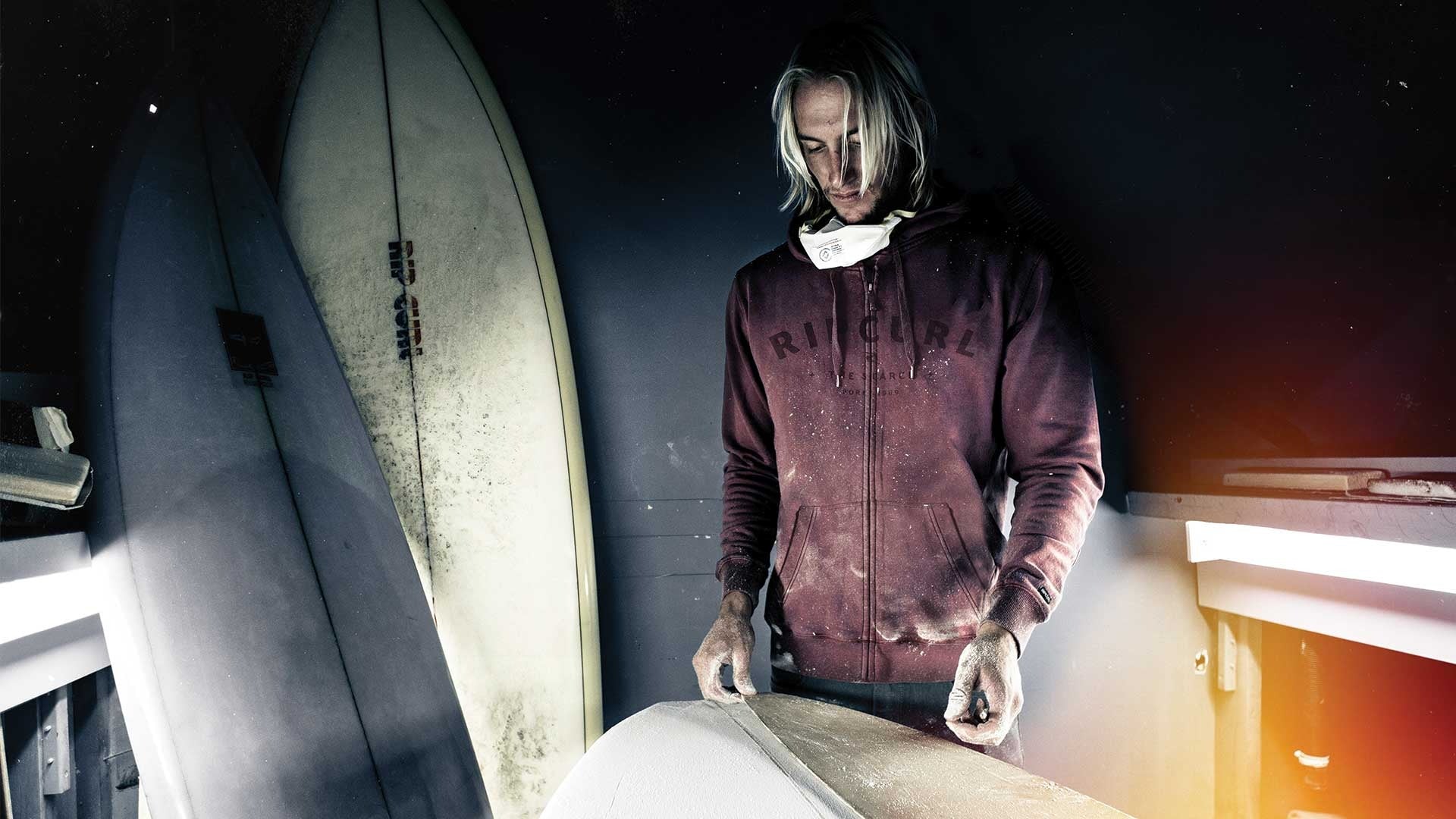
5. The Rip Curl Surfboard Range
At Rip Curl we’ve endeavoured to create the best surfboard for you, no matter where you’re at on your surf journey. Below we’ll break down our three categories Easy Riders, Fun-Performance, and the Heritage Range. Then we’ll delve into each Rip Curl surfboard model and find the one that’s right for you.
EASY-RIDER SURFBOARDS
The Easy-Rider surfboards are the perfect boards to ensure your surfing experience is fun, not frustrating. These entry-level boards are designed with high volume, low rocker and width in the nose. These forgiving features ensure that your wave count is high, and your progression is swift. “Foam is your friend!”, as they say. A little bit of extra volume overall will mean you’re getting the most out of each paddle stroke, getting into more waves, and once you’re up, these boards fly down the line. You’ll also notice the Easy-Riders are glassed strong to be super durable to keep you in the water and out of the ding repairers’ hands.
FUN PERFORMANCE SURFBOARDS
The Fun-Performance boards are designed for those keen on pushing the envelope, especially in soft summery swells. So, if you’re keen to send it, this range is for you. While these boards are shorter and more refined than the easy-rider range, the aim of the game is still to catch a million waves. Think boxy rails, low-med rocker & wide point forward to ensure the transition to the performance world is as seamless as possible. The Fun-Performance boards are offered in a broad range of sizes to cover crew transitioning to shorter boards or a more experienced surfer wanting a nice balance of high-performance and fun.
HERITAGE RANGE SURFBOARDS
The Heritage Range Surfboards feature traditional designs with a hint of modern shaping thrown in. These models focus on speed and flow with multiple options from 1, 2 & 4 fins. This range is focused on style, with epic tints and throwback logos; an homage to the Rip Curl designs of years past.
Check out the new range at any of the following Rip Curl stores:
Torquay
Mordialloc
Mornington
Sorrento
Coolangatta
Burleigh
Narrabeen
Maroochydore
Noosaville
Byron Bay
Manly
Bondi
Cronulla
North Wollongong
Ulladulla
Newcastle
*When you’re in store, ask the experts! The crew in our core surf shops are equal parts knowledgeable and fanatical. You best believe they’ve tried every demo model in the shop and would love to play cupid for you and your soon to be favourite board. Let them know what you’re up to in the water and your aspirations, tell them what you’re currently riding, and where you surf.
All these things factor in but be realistic about your abilities! Tall tales are all well and good at the local watering hole, but if you tell the Rip Curl matchmaker that you’ve been charging triple overhead, when you’re actually in over your head in 3ft, then you might get stuck with a board that doesn’t work for you. Tell it like it is and get the fiberglass slipper and the fairy tale ending you deserve.

